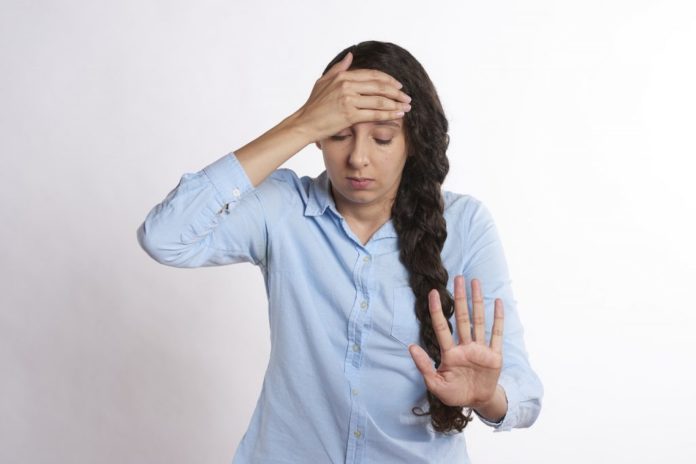
Most people associate migraine headaches with intense throbbing head pain lasting several hours to days, and sometimes accompanied by nausea, vomiting, visual disturbances, vertigo and sensitivity to lights, scents and sounds. Migraines are actually the result of increased electrical activity in the brain. Neurologically, they uniquely affect sensory perception and motor control of the body and can include a variety of symptoms that may or may not even include a headache.
So, what are some common stresses that trigger migraine headaches?
- Neurological stresses like excessive sensory stimulation from glare from the sun, loud noises, certain scents (whether pleasant or unpleasant), neck or head traumas, infections, intense physical exertion and chronic poor posture. Calgarians in particular are prone to headaches when their body can’t adapt to the pressure changes from the Chinook winds.
- Chemical stresses include food triggers like red wine, caffeine, aged cheeses, chocolate, monosodium glutamate (MSG), dyes, pickled or fermented foods and nitrates found in deli meats. Skipping meals, fasting and hormone fluctuations may also cause migraines, as do certain medications such as acetaminophen, aspirin, non-steroidal anti-inflammatory drugs (NSAIDS), codeine, hydrocodone and birth control medications, just to name a few.
- Emotional Stress – Did you know over 90 percent of all chronic health challenges including cardiovascular disease, strokes, cancer, hormone imbalances, weight problems, accelerated aging, diabetes and neuro-degenerative diseases, are all related to the inability to deal with stress? Both getting too much or too little sleep can also trigger migraines.
Migraines need to be properly diagnosed by a health care professional. If you ever feel like you are experiencing the worst headache of your life, it may be a medical emergency. Don’t take any chances, contact 9-1-1 immediately.
Here are 5 easy ways to help you manage migraine symptoms at home:
- Turn off your electronics! Constant, chronic low levels of electromagnetic stress impact brain and nervous system function. Migraine patients will find much relief from completely powering down their electronic devices (cell phones, computers, lights) and relaxing in a dark and cool room.
- Drink some water! Staying hydrated has many health benefits, and for migraine sufferers, it can mean the difference between a manageable headache and a debilitating episode. Drink half your weight in ounces of water and non-caffeinated beverages everyday and don’t forget to add an extra 2 cups of water for every cup of coffee you drink (yes this goes for decaf too!)
- Smell some peppermint. Whether it’s candy, essential oil or a peppermint teabag, a little at the start of your migraine will go a long way in helping to ease your symptoms.
- Ice versus heat. Use heat to relax tense muscles in the early stages of your migraine before the throbbing starts. For a full-blown migraine, choose icing the affected areas for no more than 10 minutes at a time. Anything longer may trigger a reflex reaction that may increase the throbbing pain.
- And now the best kept secret of all, when you have a full-blown migraine, soak your hands in hot water! This simple action will trigger your nervous system to direct blood away from your core, thereby easing the pressure and throbbing symptoms in your head and buy you time to get to your chiropractor for a proper assessment and treatment to ease your pain.









